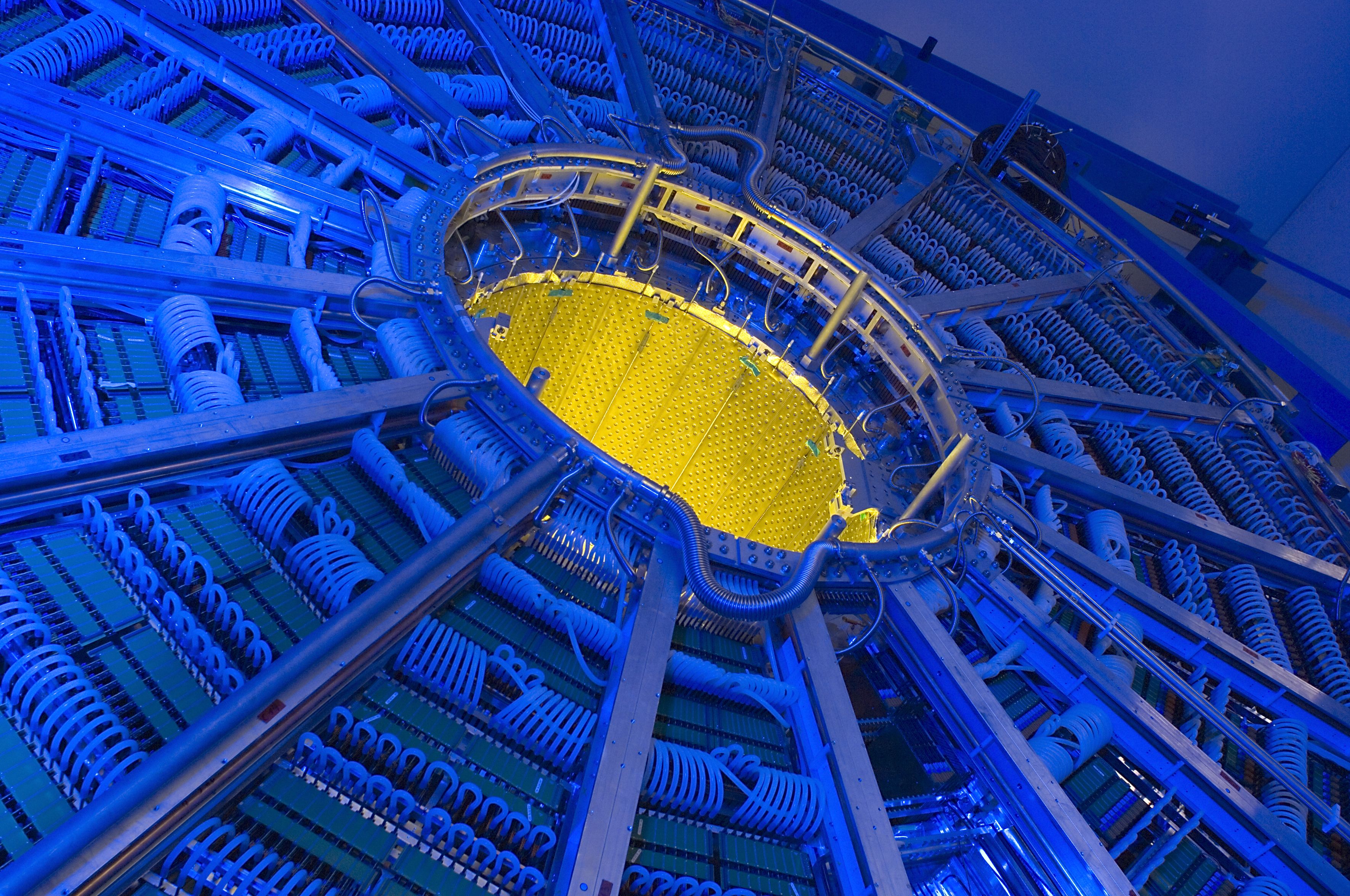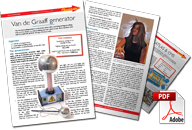ALICE
 Part of the ALICE detector known as the time projection chamber. Image © CERN.
Part of the ALICE detector known as the time projection chamber. Image © CERN.
The ALICE detector is optimised for examining collisions between lead ions rather than protons, to probe the quark–gluon plasma which, at a staggering two trillion degrees, filled the Universe moments after the Big Bang.
The ALICE experiment is designed rather differently to the other detectors at the LHC. Rather than being optimised to examine collisions between individual protons, ALICE is used when the LHC is filled with lead ions, which contain 82 protons and about 125 neutrons each.
LHCb
A Large Ion Collider Experiment
diameter:
16 m
length:
26 m
mass:
10,000 tonnes
When these (relatively!) enormous ions smash together, they create a state of matter called quark–gluon plasma.Quarks are normally trapped inside protons and neutrons, stuck there very tightly by particles called gluons. In this plasma, quarks and gluons are all buzzing around completely free. Unsticking protons and neutrons requires an incredible amount of energy, meaning that the mixture must be incredibly hot: around two trillion degrees, or about 100,000 times hotter than the centre of the Sun! Temperatures like this only existed in nature a couple of millionths of a second after the Big Bang.
ALICE hopes to understand why quarks are never seen alone in the modern Universe, only ever assembled into particles, like protons and neutrons. The mechanism for this so-called ‘confinement’ is currently not fully understood. ALICE is also trying to work out why protons and neutrons weigh so much: if you add up the masses of the three quarks which make up the proton, you only get about 1% of the total mass. A deeper understanding of how quarks and gluons interact could explain where 99% of the mass of everything around us comes from.



